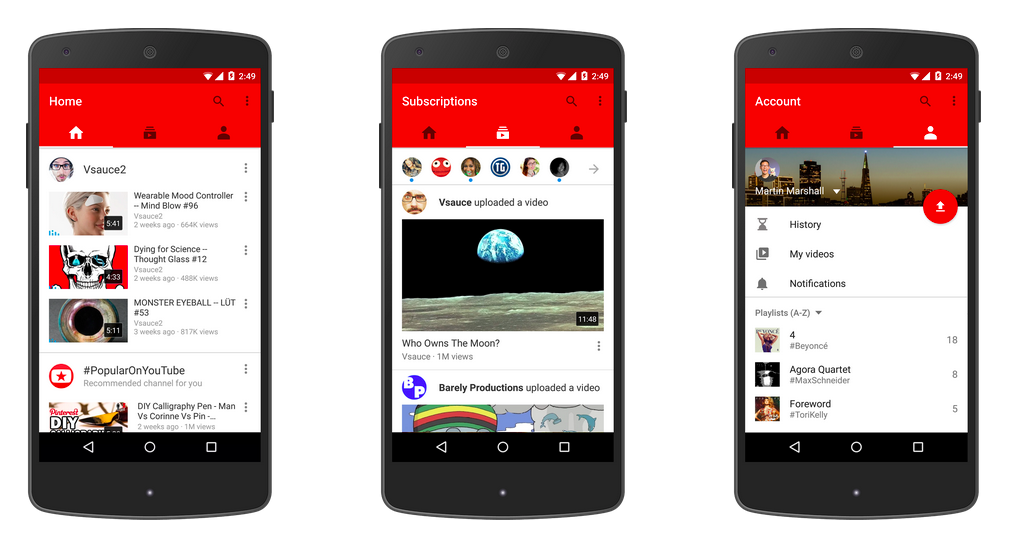My most used apps
Last week I got a new MacBook which meant starting with a clean slate. This is usually the moment when you realise which apps you miss and want to install right away on any new device. Below are my most used ones, however most of them are only available for Mac.
Things
I’ve been using Things for about 3 years after relying on post-it notes neatly arranged on the edge of my desk. It’s the best way for me to clear my mind of anything that should get done and follow up. It’s so good that I’ve even adopted the Getting Things Done (GTD) productivity methodology successfully without realising it.
Alfred
Yes, Spotlight on Mac OS has improved a lot over the years but Alfred has been my go-to productivity app for a while now. Whether it’s looking for files, controlling my music or any other workflows I might need, Alfred has got it covered. I use its shortcuts and workflows countless times during the day.
iA Writer
There’s just no better app for writing than iA Writer in my opinion. It’s simple, uses Markdown by default and most importantly gets out of the way with a focus mode. Until recently it wasn’t even possible to change the typeface or font size, which I loved. The less settings there are to customise the more time you spend on writing.
I’ve been using it for everything from meeting notes to these blog posts. Thanks to Blot, all I have to do is save the file, move it into my Dropbox folder and it’s published a few seconds later.
Spark
When I was looking for a replacement for Mailbox after it got shut down, I came across Spark which has filled that void ever since. What I like about it is the design, multi-account support and the ability to snooze emails. I’ve gotten into the habit of achieving inbox zero which has been easy to do with this email app.
Sip
Sip is a simple colour picker. I like that it lives outside of my design tool which means I can inspect colours form anywhere and add them as swatches for easy access later on.
ImageOptim
ImageOptim is a great app if you publish images online. It significantly reduces file size and it’s easy as dragging and dropping entire folders into the app. Since it runs multiple file optimisation tools at the same time in the background, you’re guaranteed to end up with the best result.
